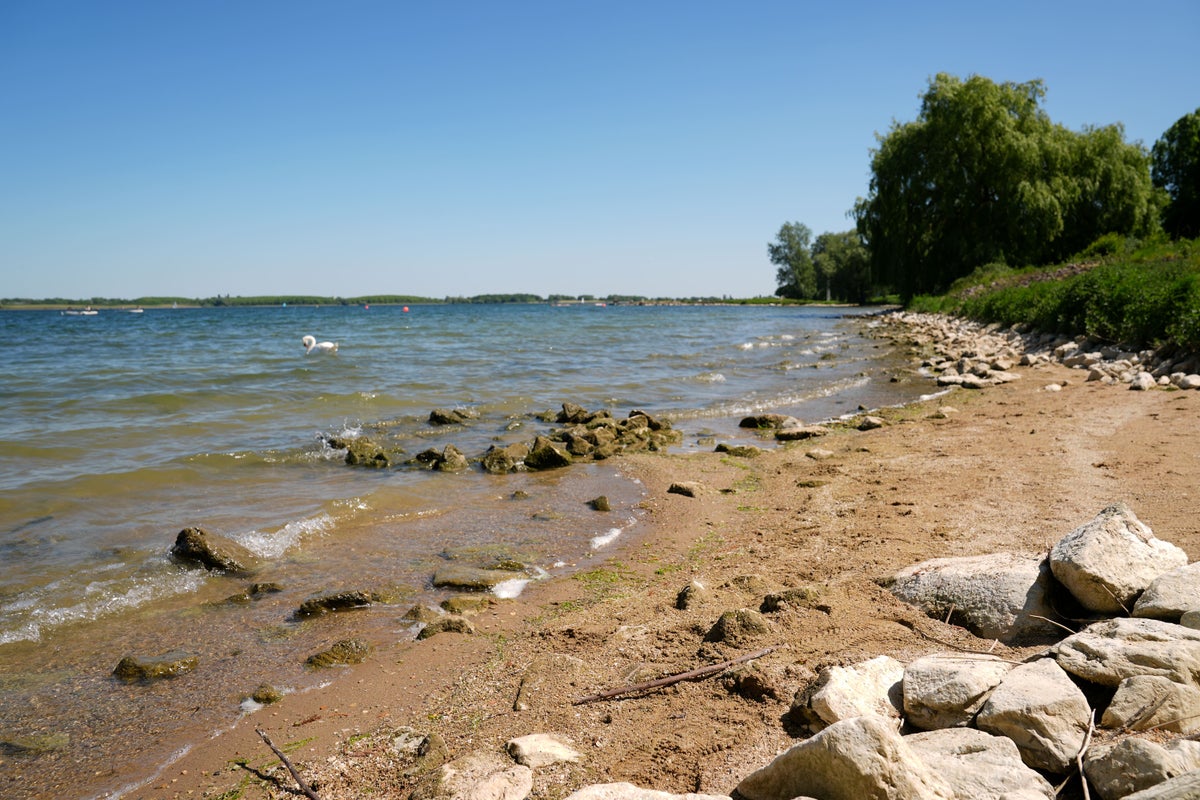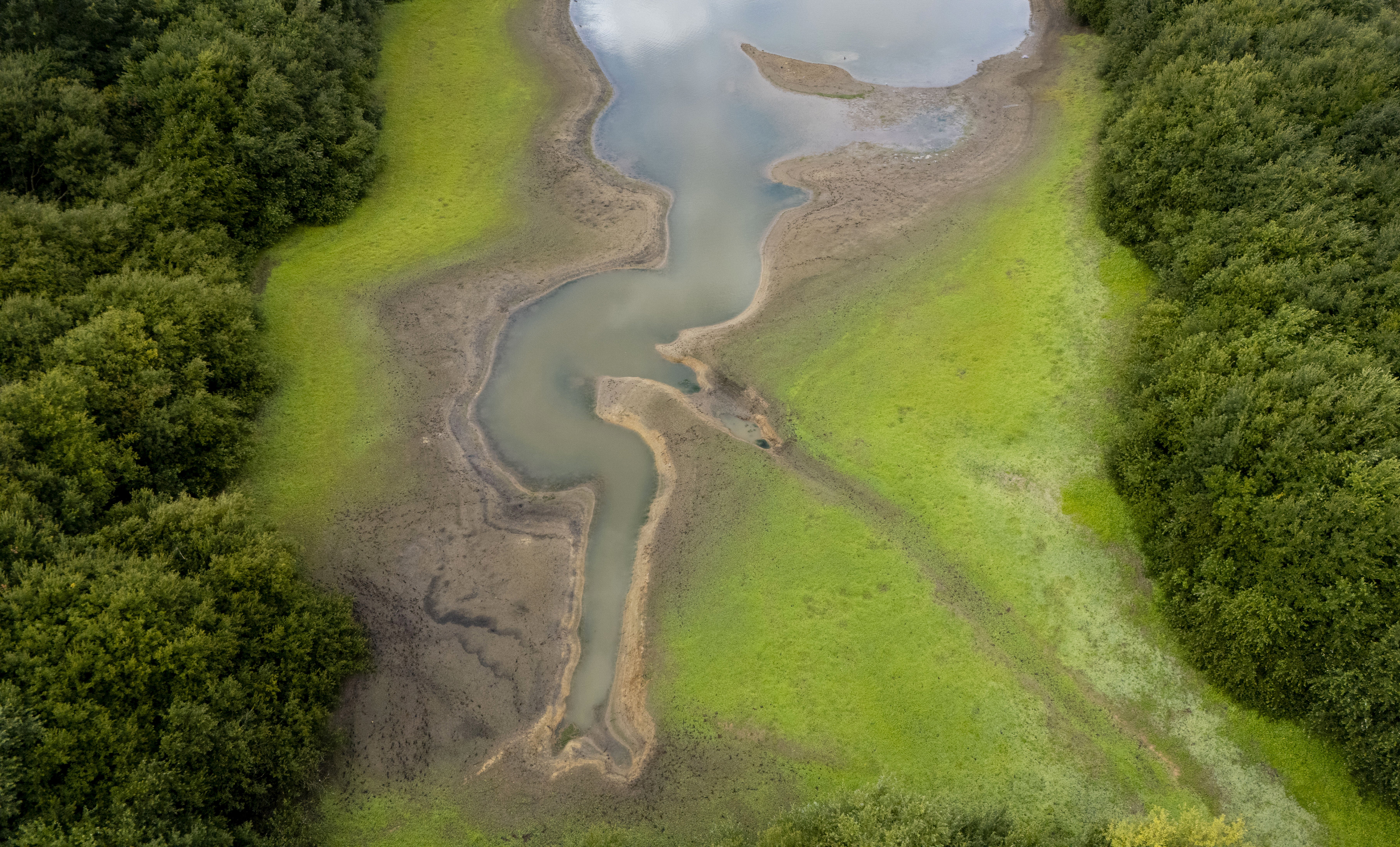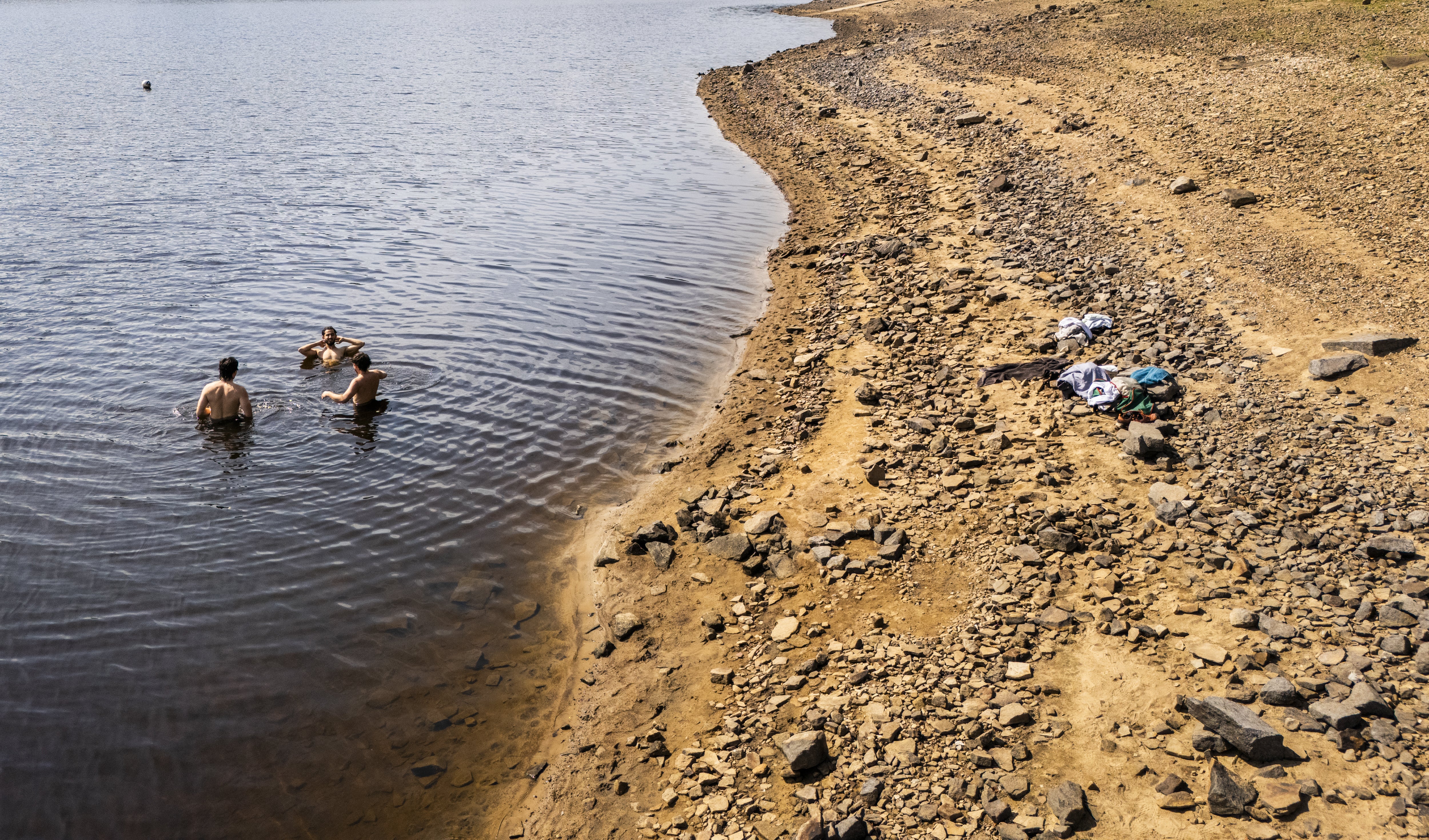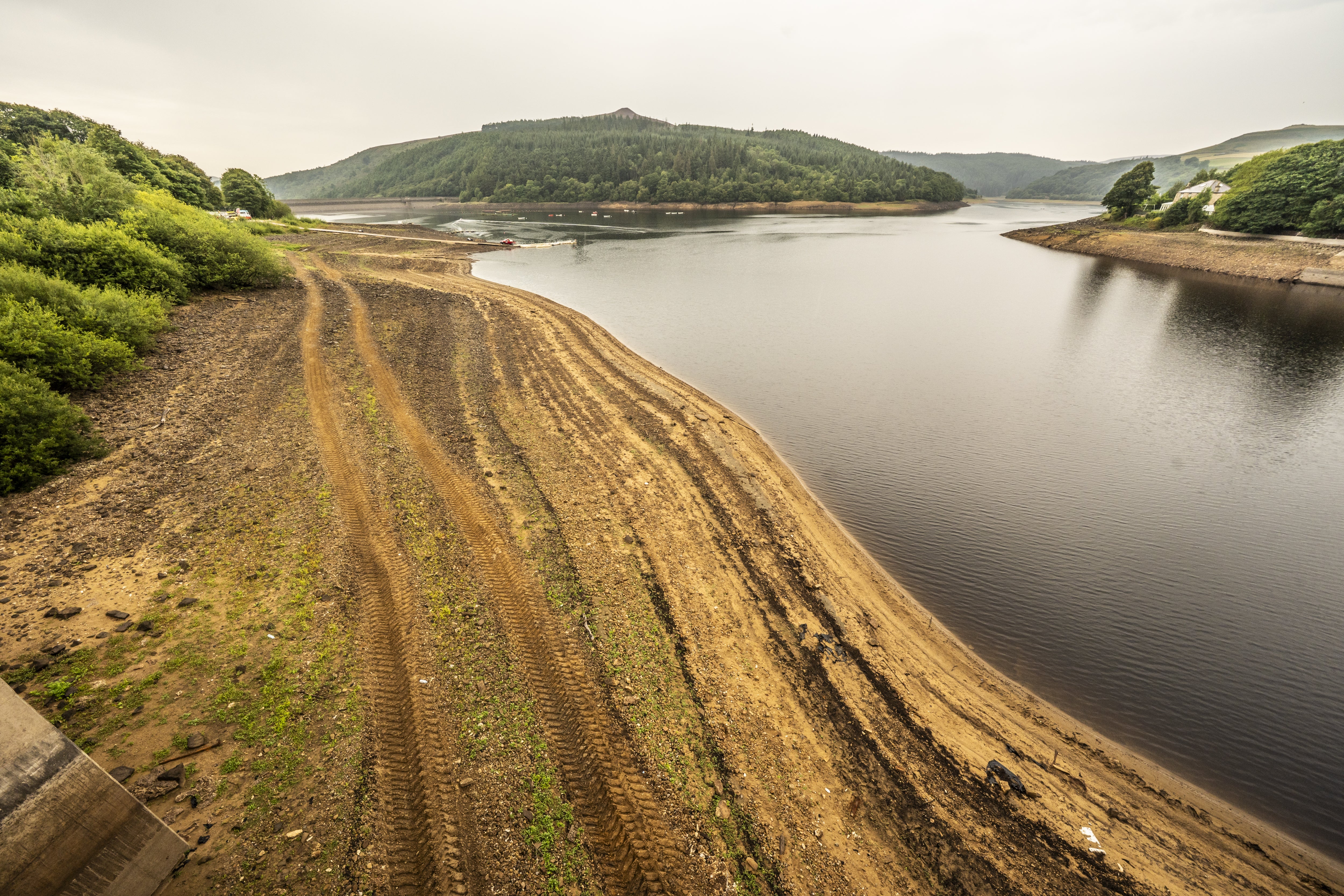
Wildfires have started and health alerts have come into force as the country enters its fourth heatwave of the summer – with temperatures reaching 33.4C in places.
The UK Health Security Agency (UKHSA) has warned of possible deadly effects as it issued heat health warnings for all of England.
On Tuesday, readings of 33.4C were recorded in Benson, Oxfordshire, Ross-on-Wye in Herefordshire, and Northolt in west London.
Amber warnings are in place for the East Midlands, West Midlands, east of England, London and the South East until Wednesday, with yellow warnings in place for the remainder of the country.
The agency has warned of significant impacts across health and social care services due to the high temperatures, including the potential for a rise in deaths, particularly among those aged 65 and over or with health conditions.
Wildfires, which are already commonplace in Europe, have been reported in two areas of London.
Eight fire engines and about 60 firefighters have been called to tackle a grass fire near Arnold Road in Northolt, Ealing, with about seven acres of grass, trees and shrubland reported to be alight.
And 10 fire engines and 70 firefighters were called to a fire covering 10 acres of grassland by Wanstead Flats in Redbridge, according to the London Fire Brigade. It said the second fire was brought under control at 3.30pm, while the first continues.
The brigade had to tackle a fire in the same location in Redbridge on Monday, which required eight fire engines, and last month, in which an area of 14 acres was affected.

The Met Office had said the heat will peak on Tuesday and Wednesday, during which temperatures are expected to reach 34C in southern areas, West Midlands, Wales and eastern England including Lincolnshire, South Yorkshire and East Anglia.
Temperatures should begin cooling by Thursday, with highs of 29C to 30C expected in London and East Anglia and a potential for heavy and thundery showers, particularly in northern England, with even a possibility of a weather warning.
Dan Suri, the chief meteorologist at the Met Office, said: “During Wednesday daytime, temperatures could peak at 34°C, with the heat shifting eastwards into east England, while parts of Scotland could also see temperatures above 30°C.
“By the evening, there is an increased risk of thunderstorms across northern areas, with the potential for some fairly wet weather. Whilst the exact location for these unsettled conditions remains uncertain, it’s possible a warning may be issued closer to the time.”

The Met Office defines a heatwave as temperatures meeting or exceeding a certain threshold for three consecutive days or more.
This is 25C for most of the UK, but rises to 28C in London and its surrounding area, where temperatures are typically higher.
On Tuesday, officials warned that England is suffering from “nationally significant” water shortfalls despite rain in July.
The national drought group, which includes the Met Office, regulators, government, water companies and other organisations, has met as five areas of the country remain in drought, with six more in prolonged dry weather status.
Western Europe is experiencing a notable heatwave at the moment 🌡️
— Met Office (@metoffice) August 12, 2025
But how is this influencing the UK weather?
Find out below ⬇️ pic.twitter.com/IlDCxbjvzQ
England is seeing widespread environmental and agricultural impacts from the lack of water, which is hitting crop yields, reducing feed for livestock, damaging wetlands and river wildlife, and increasing wildfires, the group said.
In 2023, the cost of farm fires in the UK increased by 37% to an estimated £110.3 million, according to the NFU Mutual’s latest data.
Rachel Hallos, vice-president of the National Farmers’ Union, said: “Farmers are on the front line of this crisis, but we can’t tackle this alone.
“It’s vital that Government and fire services work with us on prevention, education and response and urgently review whether some changes in land management – particularly in the uplands – could be increasing wildfire risk as hotter, drier summers become more frequent.”
A campaign group has called on the Government to create better climate adaptation plans.

Alison Dilworth, a campaigner at Friends of the Earth, said: “Heatwaves are becoming deadlier and more frequent as climate change accelerates, yet government action to help protect people falls far short of what is required.
“Ministers must urgently strengthen their climate adaptation plans to protect communities from increasingly severe weather events like extreme heat – as well as do more to cut the emissions that are fuelling the crisis.
“This should include insulating homes, schools, and care facilities to stay cool in summer and warm in winter, planting street trees to shade our neighbourhoods, and fitting libraries and community hubs with air con so people have safe places to shelter in heatwaves.”
A spokeswoman for Defra responded: “Alongside becoming a clean energy superpower, the Government is taking robust action to adapt to a changing climate.
“The national adaptation programme includes steps to make local communities become more resilient to overheating, a Local Advisory Climate Service to give authorities support and we’re putting £30 billion into improving hospital buildings.
“We urge people to take extra care in the hot weather with building regulations in place to reduce the risk of new homes overheating and housing tenants can speak to their council if excess heat means that their property is in a dangerous condition.”







